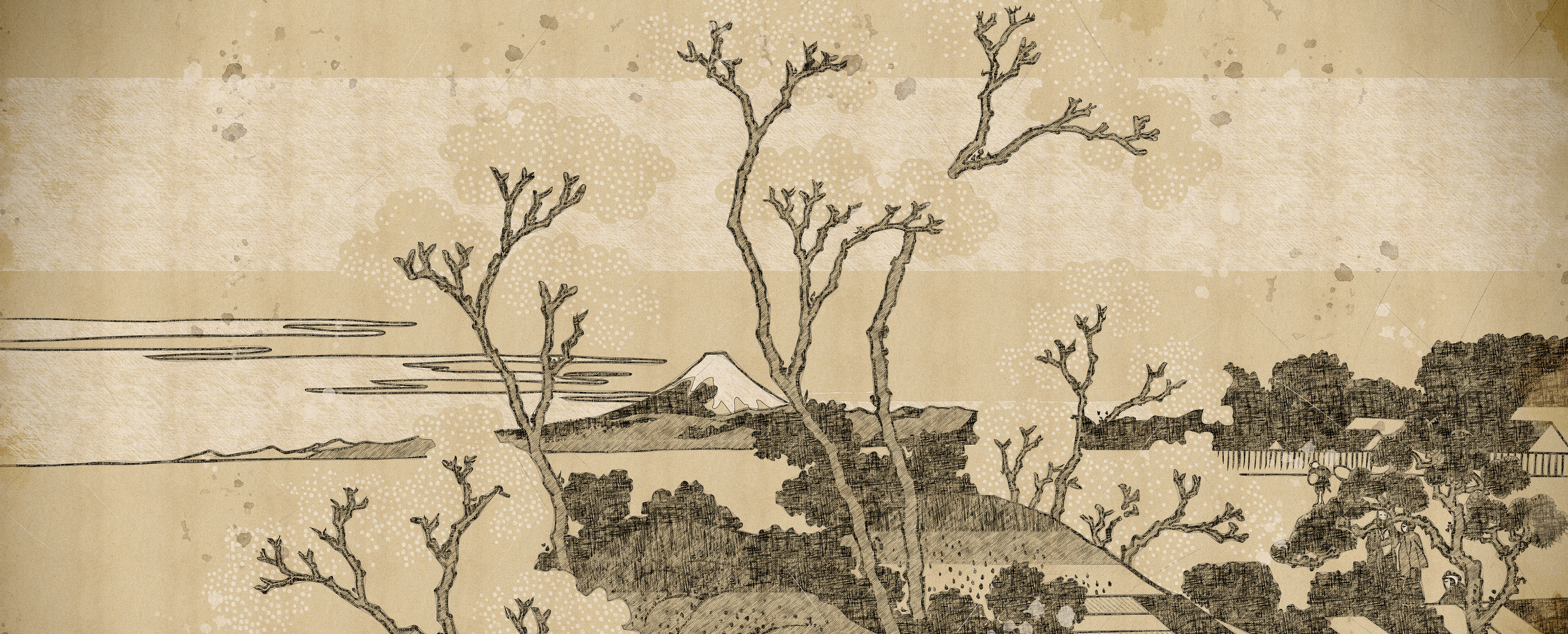Kami
The people of Fusō believe in numerous deities and spirits called kami in the native language. It is believed they descended from Ame (the heavens) and created the island before returning to the heavens, bestowing the land to their children in an event known as the Kuni-yuzuri. There are many old, powerful kami that are worshipped by the entire population, but the Yayoi primarily worship five of the Amatsukami and five of the Kunitsukami. Many of the major clans believe they are descendants of these deities, giving them divine ownership of their lands. There are various lesser kami who are venerated in smaller regions and communities.
Kami are inherently neither good nor evil. Instead, each kami possesses both positive and negative traits and characteristics. They have potential to be both rough and gentle. As such, it is important in the culture of Fusō to pay respect and honour the myriad kami.
Kami are inherently neither good nor evil. Instead, each kami possesses both positive and negative traits and characteristics. They have potential to be both rough and gentle. As such, it is important in the culture of Fusō to pay respect and honour the myriad kami.
Kotoamatsukami
The three creator kami are known as the Kotoamatsukami (meaning 'distinguished heavenly kami'). Believers say the star Hokkyokusei (North Star) is their domain within the heavens.- Ame-no-Minakanushi - a being without gender, is the first of the kami. It is said the kami hid itself shortly after its birth, and has remained unseen ever since.
- Takamimusubi - a male kami associated with agriculture, and the ancestor of the Amatsukami.
- Kamimusubi - a female kami believed to be the ancestor of the Kunitsukami.
Kamiyonanayo
Following the birth of the Kotoamatsukami, several kami were born in pairs.- Izanaki-no-mikoto & Isanami-no-mikoto - the kami that created the Fusō archipelago. Descending from Ame, they first created a bridge connecting the heavens and earth known as Ame-no-ukihashi ('the Floating Bridge of Heaven'). This bridge can still be seen in the sky on clear nights as a band of light among the stars. From their union, Izanami gave birth to Fusō and the surrounding islands, as well as several more kami.
Amatsukami
The Amatsukami are the divine kami who dwell in the heavens.- Ōhirume no Muchi no Kami - goddess of the sun; patron deity of the Kinoshita Clan.
- Ama-no-Uzume-no-Mikoto - goddess of dawn, merrymaking and the arts; patron deity of the Iwakura Clan
- Toyofutsu-no-kami - god of thunder; patron deity of the Aoyama Clan.
- Omokane-no-kami - god of wisdom; son of Takamimusubi; patron deity of the Misaki Clan.
- Ame-no-Koyane-no-Mikoto - son of Kamimusubi; patron deity of the Kawasaka Clan
- Ame no Wakahiko - god of grain.
- Ame-no-oshihomimi - son of Ōhirume no Muchi.
Kunitsukami
The kami who dwell on earth.- Kushimikenu-no-Mikoto - god of storms and the sea; patron deity of the Terasaki Clan
- Ōnamuchi-no-Mikoto - ruler of the Kunitsukami; patron deity of the Furuyama Clan.
- Unagami - god of the sea, alternatively called Ryūjin, and said to be a great dragon; patron deity of the Nakatomi Clan.
- Sarutahiko Ōkami - god of strength, guidance, and martial arts; patron deity of the Katsura Clan.
- Suwa Myōjin - god of wind, water and, agriculture; son of Ōnamuchi-no-Mikoto; patron deity of the Miyamoto Clan who also worship him as a god of warfare and hunting.
- Watashi-no-Ōkami - god of mountains.
- Toyotama-hime - eldest daughter of Unagami; mother of Kinoshita no Akihide.
- Tamayori-hime - second daughter born to Unagami and sister to Toyotama-hime.
- Mizu no kamisama - goddess of water, fishermen, fertility, and childbirth.
Yaoyorozu no kami
There are infinite kami associated with nature, concepts and human life that are worship in addition to the Kotoamatsukami, Amastukami, and Kunitsukami. These are collectively referred to as the Yaoyorozu no kami (meaning 'eight million kami'). These spirits can spirits that inhabit nature - water, rocks, plants, animals - or the spirits of the deceased (for example, many of the former emperors of Jū-kinai are enshrined by their successors).Remove these ads. Join the Worldbuilders Guild









Comments